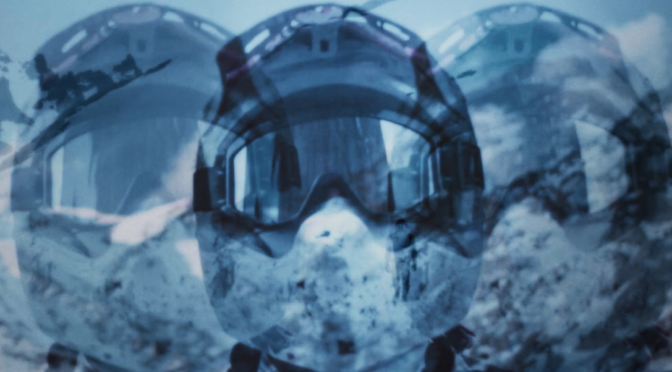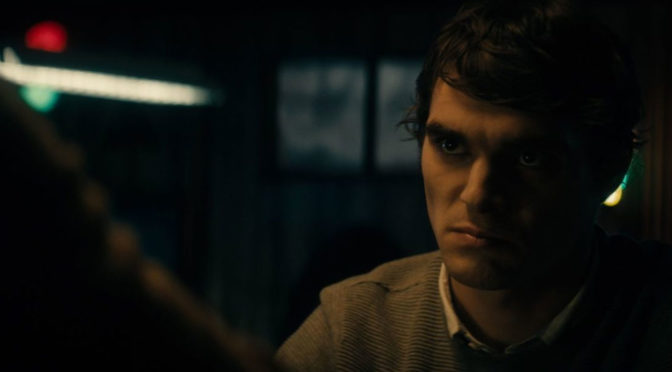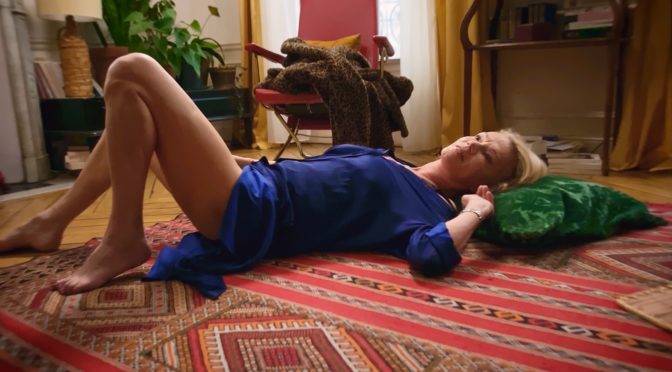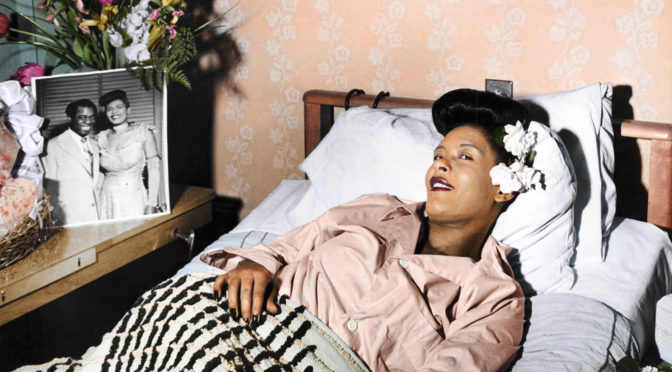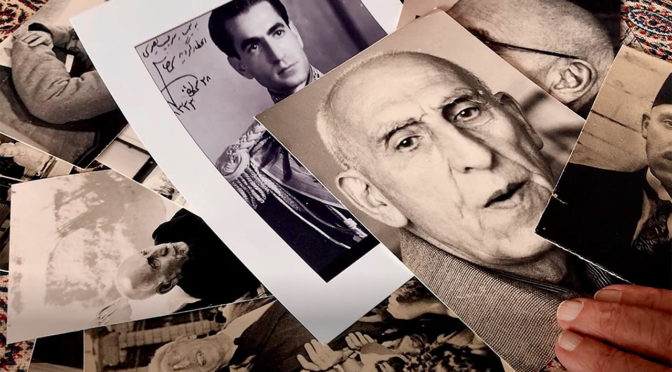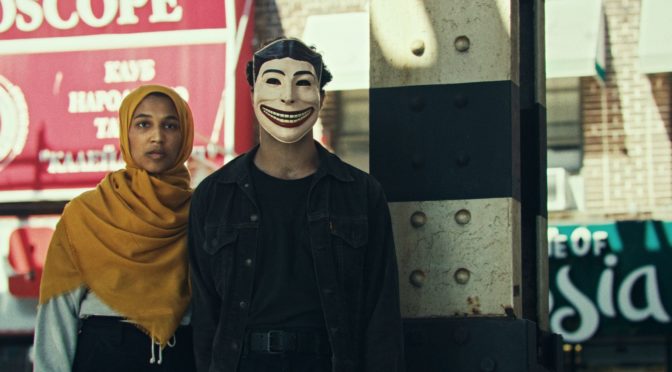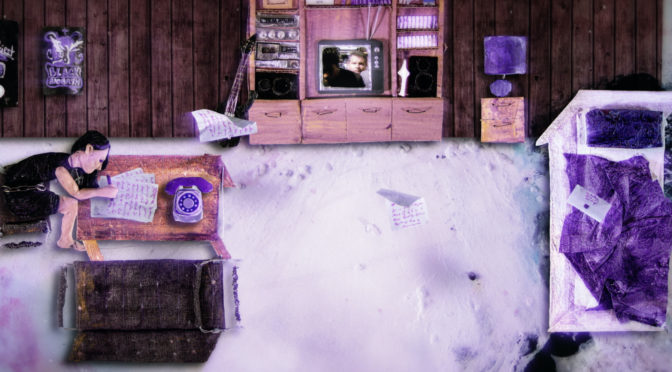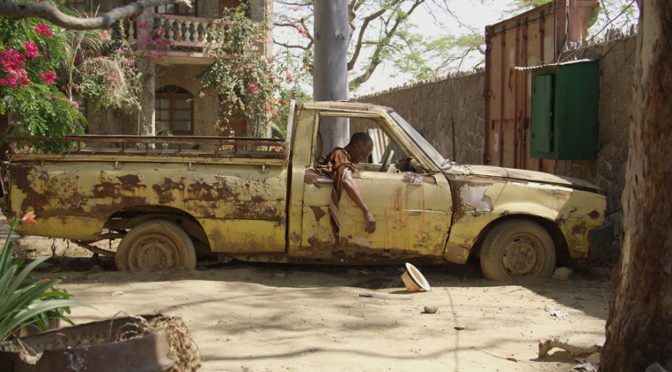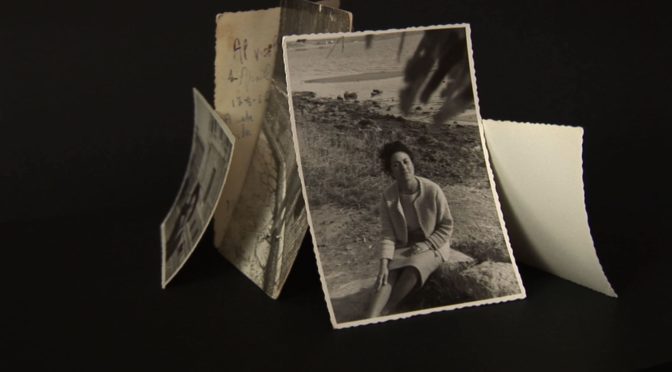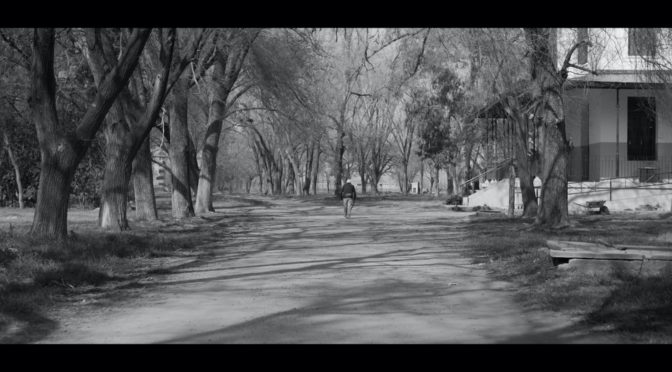Article by Chiara Rosaia
Translated by Simona Sucato
Slow panoramic scour a sidereal landscape, an expanse of mountains covered by snow and dominated by the wind. It is perhaps an alien territory that is at the center of El elemento enigmático, a hostile environment in which three men struggle to advance. Men in helmets and motorcycle suits, without face or voice (we under stand the dialogues only through subtitles), wandering aimlessly waiting for their own end. An atmosphere of suspension persist throughout the movie, a work difficult to categorize, halfway between storytelling and video art. Indeed, if it is possible to trace aspects dear to science fiction,such as the clash between nature and man, these are sucked into the omnipresent aura of mystery, a dense and at the same time impalpabile atmosphere, like the icy vapors emanating here from the rocks.

